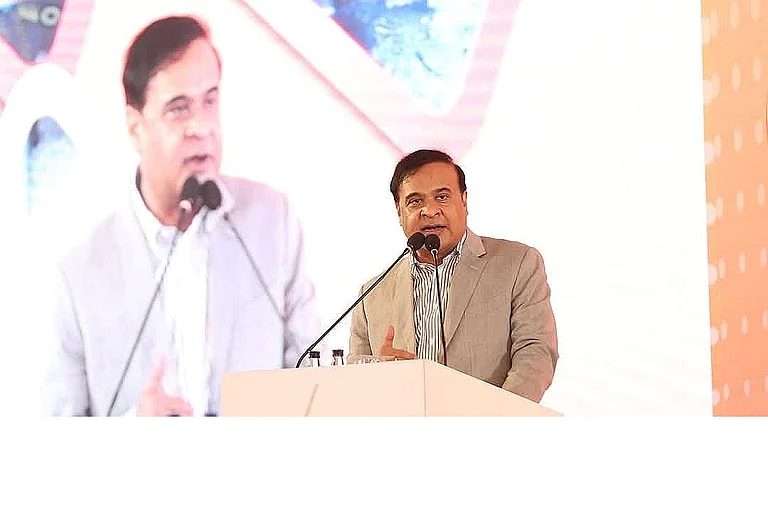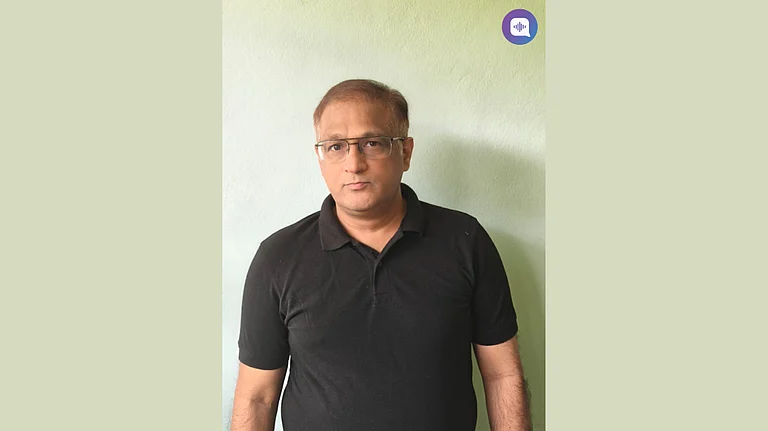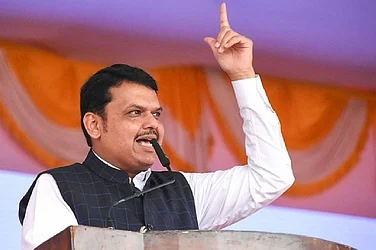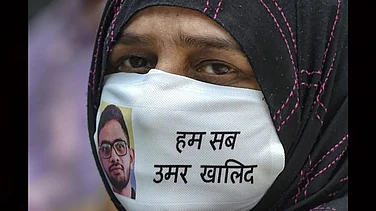Every year, on September 14, India celebrates “Hindi Diwas” to commemorate one of its 23 official languages. And each year sees the familiar debate about the primacy of Hindi at the cost of the regional and federal spirit of the nation. This debate has grown increasingly since the BJP came to power at the centre in 2014 with Prime Minister Narendra Modi as well as senior leaders like Amit Shah repeatedly pushing for Hindi.
The Prime Minister himself has praised the “simplicity, spontaneity and elegance” of the Hindi language (in his 2019 Hindi Diwas tweet) while last year, while in 2021, Shah roused a rabble with his tweeted appeal to all Indians to use Hindi which is the nation’s “rajbhasha” (national language) along with “matribhasha” (mother tongue). “The harmony of mother tongue and national language is integral to India's progress”. In the same year, Defence Minister Rajnath Singh tweeted that “Hindi acts as a bridge for Indians. It is the responsibility of all the users of Hindi to make it popular and use it as much as possible”.
Such official endorsement for Hindi and calls for ‘one language’ for one nation have led to questions of linguistic imposition and whether a nation as immensely diverse as India, home to hundreds of languages, dialects and scripts, can truly have one language. These debates are not new and in fact date back to the foundational stages of the nation.
In fact, the celebration of ‘Hindi Diwas’ was meant to mark the date when Hindi was chosen as the ‘Official Language’ of India.
When the nation became an independent nation in 1947, the Constituent Assembly that would ultimately morph into the Parliament of India, was faced with a rather uncomfortable question.
What language would the new country adopt as its national language? Should the term ‘national language’ be used at all? These were not easy questions.
After all, India is home to hundreds of languages. It took the Constituent Assembly some time to make a decision. Some were in favour of Hindi while others, especially leaders from Southern states, feared that electing Hindi as the official language would curtail other languages and thus undermine regional integrity. Those in favour of Hindi focused on the need to do away with the use of colonial English in official and legal documents. Some argued for Sanskrit while others voted for “Hindustani”, which was principally a mix of spoken Hindi, Urdu and other dialects.
Eventually, a compromise was reached where Hindi was given the status of “official language” and not “national language”. The move was meant to maintain and bolster regional integrity, linguistic diversity and identity - unity in diversity. The Constituent Assembly on September 14, 1949, declared Hindi, written in the Devanagari script, as India’s official language and it was India’s first Prime Minister Jawaharlal Nehru who declared the day as “Hindi Diwas”.
It was VD Savarkar, the father of Hindu nationalist thought in India, who first pitched the ideas of language as a symbol of religious dominance and majoritarian “oneness” with his slogan “Hindi, Hindu, Hindustan”. Since then, hardline Hindu nationalist organisations like the Rashtriya Swayamsevak Sangh (RSS) and conservative political leaders have repeatedly made calls for adopting Hindi as the “national language”.
In his spirited argument in favour of Hindi, freedom fighter and constituent assembly member RV Dhulekar said that “You may belong to another nation but I belong to the Indian nation, the Hindi Nation, the Hindu Nation, the Hindustani Nation” and that “People who do not know Hindustani have no right to stay in India”.
The problem with having a national language is that language is the building block of civilisation and culture. It is the first site for the creation of identity and plays a key role in social cohesion and the myriad meaning-making processes that help us form and define culture. And culture is not homogenous. In fact, culture is contiguous and constantly shifting, and evolving. There cannot be ‘one language’ for India because there cannot be “one culture” for India.
Prominent Maharashtrian freedom fighter Shankarrao Deo who was part of the constituent assembly had warned against the “cry, namely, (for) ‘one culture’ has dangerous implications” and raised questions on the nature of this “culture” that leaders of RSS and even Congress used to defend the idea of Hindu imposition.
“Today, as it (culture) is interpreted and understood, it only means the domination of the few over the many… If you insist upon having one culture, then, to me it means the killing of the soul of India.”
The Hindu nationalist leader Shyama Prasad Mukherjee, incidentally, was in favour of “unity in diversity” as well.
Hindi Diwas thus marks the culmination of the linguistics debate between leaders belonging to a diverse array of social, political and religious backgrounds who eventually decided on not changing the pluralistic fabric of the nation, albeit to the displeasure of many. The constituent assembly did eventually decide against making Hindi the national language but attempts to increase Hindi’s sphere of influence (by making Hindi compulsory in educational institutions or offices for example) have led to repeated and sometimes violent agitations against Hindi imperialism, especially in the south and east.
Last year, Tamil Nadu Chief Minister MK Stalin accused the BJP of “trying to destroy other languages by trying to impose Hindi and make it one language on the basis of its ‘One Nation, One Everything’ policy”.
Incidentally, this year, the BJP has sharpened its pitch for its ‘One Nation One Election’ agenda which has been further criticised as an attempt to weaken the federal spirit and structure of India by undermining the states.
Hindi Diwas 2023 is perhaps an opportunity to revisit these debates about language in the wake of the politically driven socio-cultural homogenisation that several proponents of the Hindu right-wing today are preaching. How would ‘one nation, one language’ impact the autonomous identities of states in India, which are largely drawn on linguistic lines?
Language is not just a marker of communal identity but also deeply personal. Last year, in a tragic incident, 85-year-old farmer Thangavel from Tamil Nadu’s Salem district set himself on fire outside DMK house in Thalaiyur in protest against Hindi language imposition. The incident occurred after the Committee of Parliament on Official Language headed by Home Minister Amit Shah recommended in October 2022 that the medium of instruction in all technical or non-technical educational institutions including central universities should mandatorily be Hindi and local languages.
The technical institutions include the Indian Institutes of Technology (IITs), Indian Institutes of Management (IIMs), and All India Institute of Medical Sciences (AIIMS) under the Union government. Kendriya Vidyalayas (KVs), Navodaya Vidyalayas (NVs) and central universities fall under the category of non-technical institutes.
Before taking his life, Thangavel held a banner that said: 'Modi government, central government, we don’t want Hindi. Our mother tongue is Tamil and Hindi is a language for clowns. Imposing Hindi language will affect the lives of students. Get rid of Hindi, get rid of Hindi, get rid of Hindi.'


























